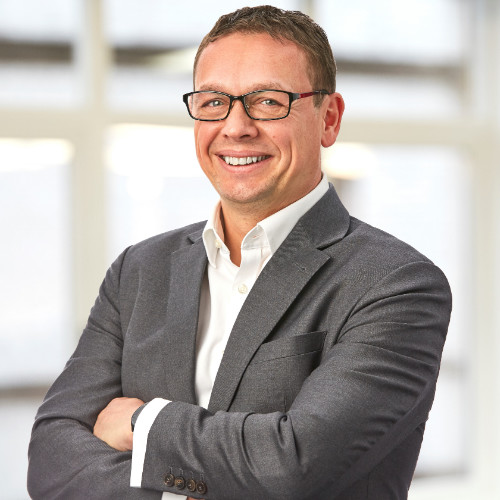A framework that solves talent access challenges with an outcome-first approach
Allegis Global Solutions (AGS), a provider of global workforce solutions, announced the publication of a new book for business, human resources (HR) and procurement leaders that takes them on a journey to harmonised workforce strategy and management.
“The Universal Workforce Model™: An Outcome-First Guide to Getting Work Done” talks about the three transformational yet complementary concepts – the Workforce Business Partner, Task-Based Workforce Design and the Intelligent Workforce Platform. The book lays out why organisations must challenge current models for acquiring and accessing talent now and what steps they can take to create an agile business fit to thrive in the new world of work.
Authored by AGS’ Vice President of EMEA Simon Bradberry and Global Head of Strategy Bruce Morton, with contributors John Boudreau (senior research scientist and professor emeritus at the University of Southern California), Ewan Greig (AGS senior manager of workforce solutions), Jessi Guenther (AGS vice president of client delivery) and Sarah Wong (AGS vice president of APAC), the book refocuses on the work itself before jumping to talk about workers, roles and vacancies, offering readers an alternative way to rethink work through outcome-based workforce acquisition.
Bruce Morton, Global Head of Strategy commented: “Current models for acquiring and accessing talent are outdated and flawed. Companies compete for talent they may never fully use, overspend or underspend on contractors based on limited data, and may forfeit budget and quality as a result. This is why the Universal Workforce Model starts with the outcome first, applying a workforce planning model that breaks down siloed resource channels, so organisations can secure the right resource every time, and work most efficiently and effectively.”
The Universal Workforce Model is structured as a journey to harmonised workforce management and has three defining features based on common areas of business transformation – process, people and technology.
Simon Bradberry AGS’ Vice President of EMEA commented: “Advances in AI and services-enabled architecture have given rise to technologies that bring all workforce options into view, making the journey to the Universal Workforce Model possible now. While changing the fundamentals of workforce engagement is not an easy move, the journey should not be a sacrifice to the business. Innovations in work design, evolving strategic relationships between companies and solutions partners and developing expertise to reconfigure work illuminate and make the path forward possible.”
Ken Brotherston, Chief Executive of TALiNT Partners made exclusive comment on the launch of the book: “Companies face immense pressures as they adjust to the ever-changing workforce. What’s important moving forward is that they treat workforce challenges as a priority across the entire business. The concept of the Workforce Business Partner doesn’t replace the work that HR, hiring managers, recruiters, and staffing and talent solutions partners do, but it provides the impetus that enables them to work smarter and with more agility on the journey to a Universal Workforce Model.”
Arkadev Basak, Partner, Everest Group also made comment on the release: “For years, Procurement, HR and business leaders have been forced to struggle with an incredibly complex set of talent acquisition and workforce challenges. Applying a different mode of thought and a new model to rethink, reimagine, and redesign today’s workforce has the potential to bring the focus back on the work itself.”





